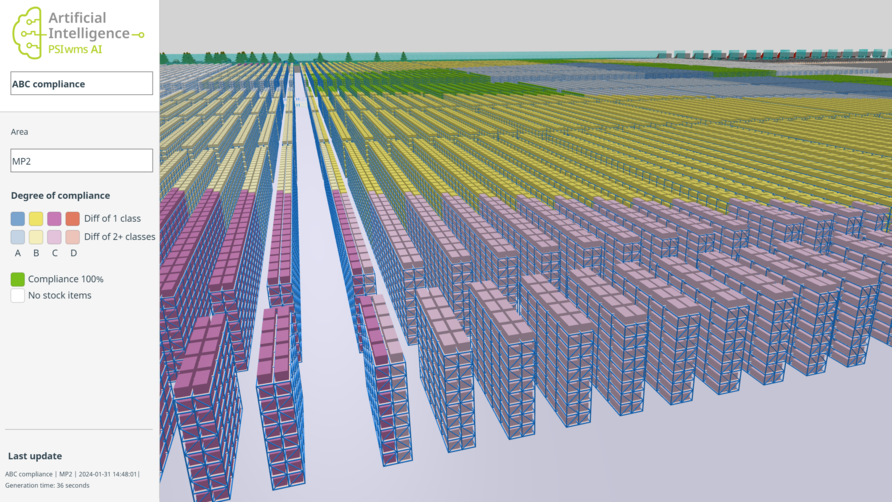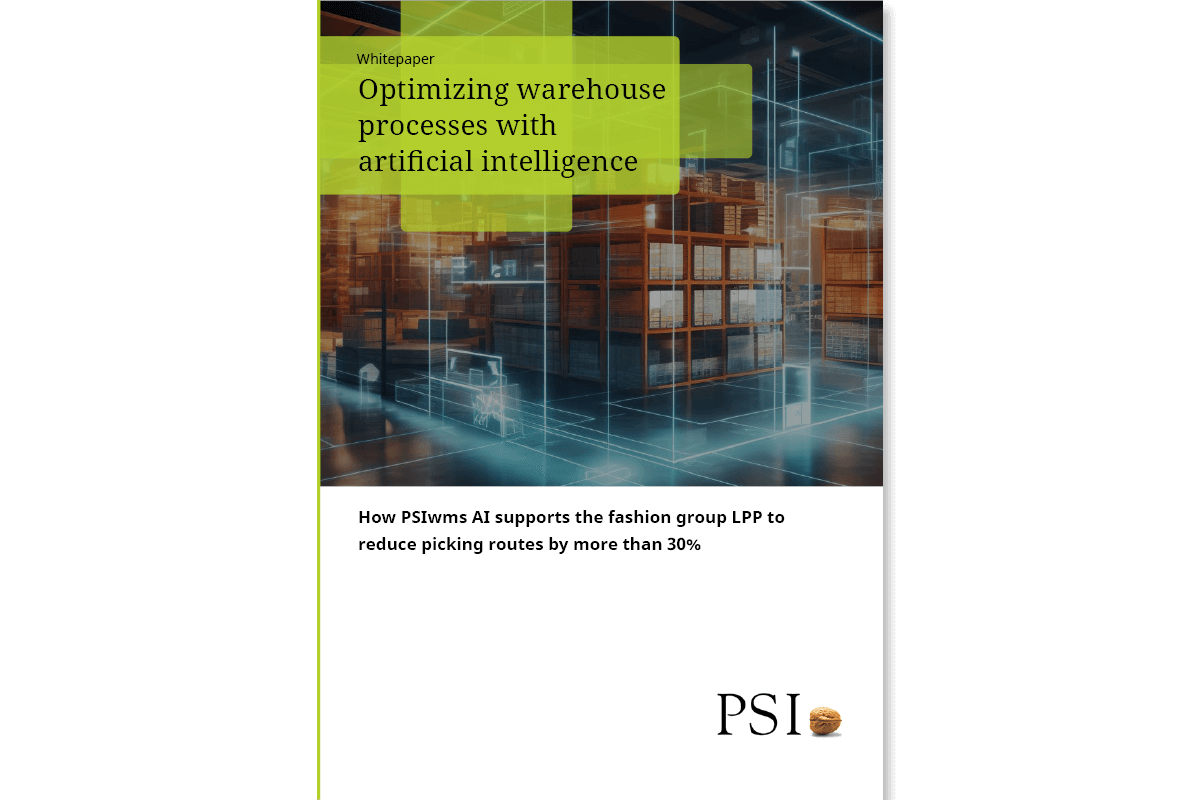Technology trends are emerging in the logistics sector that are fundamentally changing the way processes are planned, controlled and optimized. Numerous challenges threaten the competitiveness of logistics companies. This is why it pays to invest in modern technologies, even in times of economic uncertainty. Let us take a look at the most important trends in intralogistics.
Robots on the rise
Labor shortages remain a major challenge in warehouse logistics. Against this backdrop, automated solutions are increasingly becoming a ray of hope. From automated grippers in intralogistics to modular, scalable robotic systems, the future of logistics is all about robotics. The triumphant advance of mobile robots is particularly evident. Automated guided vehicles (AGVs) are now used not only by large e-commerce groups, but also increasingly by SMEs. The next leap, if not the next disruption, is expected to come from humanoid robots controlled by generative AI. The visions of manufacturers in this segment include flexible use in all work steps, dynamic switching depending on the workload, 24/7 operation with fewer resources, and dynamic operating costs through rental or even pay-per-use models. Scaling through standard models also promises massive cost savings in production.
Data is becoming increasingly relevant
As robotics increases, so does the amount of data being collected and analyzed from the warehouse. It is likely that many logistics software vendors will add "data lakes" to their portfolios in the future. These serve as central storage platforms where companies can collect and store large amounts of raw data in its original format. Data lakes make it possible to bundle data from different systems such as WMS, ERP or IoT devices without having to transform the data beforehand. Based on the stored data, patterns can be identified using business intelligence tools or machine learning models. The use of artificial intelligence offers the opportunity to improve a wide range of warehouse processes. This leads to increased productivity and reduced costs. However, with the exception of smaller applications such as chatbots, comprehensive AI solutions for complete warehouse optimization are still few and far between.
Artificial intelligence in the WMS
The WMS plays a central role in managing the flood of data required. This is where all the important KPIs come together in an interpretable form so that they can be used effectively. PSI has therefore developed an innovative AI platform that is seamlessly connected to a warehouse management system. With PSIwms AI, logistics processes can be planned and optimized efficiently. Thanks to detailed visualizations, such as a 3D representation and heat maps, the suggestions made are presented in a comprehensible, transparent and reliable manner. At the heart of the system is a digital twin that captures changes in the physical warehouse in real time and incorporates them into the analysis. This supports the optimization of all key warehouse processes. For example, it is possible to test the impact of additional automation on efficiency or whether the warehouse staff is prepared for upcoming sales peaks.


Whitepaper PSIwms AI
Learn in our whitepaper how PSIwms AI can make your warehouse processes more efficient, cost-effective, and future-proof! Integrating Artificial Intelligence into your warehouse processes can not only increase productivity, but also reduce operating costs while improving the overall efficiency of your logistics. Take advantage of the opportunities offered by modern technologies to ensure your long-term competitiveness.
The cloud is getting bigger
Cloud technologies are becoming increasingly important in logistics. Although only a small proportion of logistics companies currently use cloud solutions, those that do benefit from the many advantages such as scalability, efficiency and security. Additional functions or services can be easily integrated at any time thanks to the modular structure. The cost factor is also an important aspect in favor of using the cloud: The billing model based on actual consumption ensures that you only pay for the resources you use. This so-called pay-per-use principle is often more cost-effective than operating your own servers and IT structures. With cyber-attacks on the rise, companies using the cloud also benefit from a higher level of security. Because cloud providers manage their systems centrally and update them regularly, protection against cyber threats remains at a high level. In the event of an attack, only individual applications are usually affected, minimizing the overall risk to users and ensuring operational stability. For these reasons, the number of cloud users is expected to grow steadily in the future.
Conclusion
With the ever-increasing demands of the logistics industry, there is no way around modern technology. However, many companies are reluctant to make major investments due to economic uncertainties. But now is the time to set the course for the future: Those who invest boldly in new technologies will create a sustainable market advantage.

![[Translate to English:] [Translate to English:]](/fileadmin/_processed_/7/3/csm_Technologietrends-Logistik_465500986_de6be18a91.jpeg)
![[Translate to English:] [Translate to English:]](/fileadmin/_processed_/b/b/csm_Composing-911143711-PSIwms-AI-Vergleich_416bb8da0a.jpg)
![[Translate to English:] [Translate to English:]](/fileadmin/_processed_/2/e/csm_WMS-managen-mit-PSIwms_03aee9a7b4.jpeg)
![[Translate to English:] [Translate to English:]](/fileadmin/_processed_/3/9/csm_Materialflussoptimierung-mit-PSIwms_6220e1f9ce.jpeg)